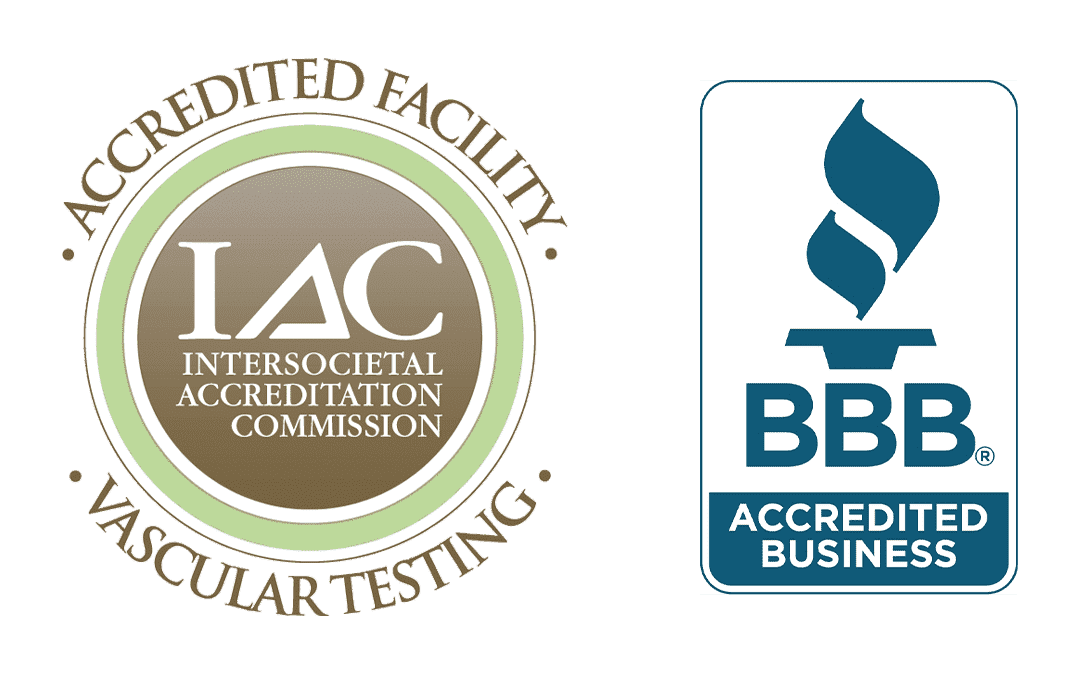|
|
Peripheral Arterial Disease (PAD) is a common cardiovascular condition that affects millions of people across the globe. PAD is a serious condition that occurs when the arteries in the arms, pelvis or legs become narrowed or clogged due to plaque buildup, leading to reduced blood flow to the limbs and other organs. This can cause pain, difficulty walking, and other complications that can significantly impact a person’s quality of life. At the forefront of PAD treatment are referring doctors who recognize PAD symptoms, patients in need of critical information about the disease and providers who deliver necessary care. In this blog, we will discuss what causes PAD, its symptoms, diagnosis, and treatment options.
Causes + Risk Factors
Peripheral Artery Disease usually occurs due to fatty deposits or plaque buildup, known as atherosclerosis, along the walls of the arteries. As these deposits build up, they narrow the arteries making it difficult for blood to flow freely through them to the extremities. This lack of oxygen rich blood can lead to a wide range of symptoms. The risk factors for PAD include smoking, diabetes, high blood pressure, high cholesterol, obesity and a family history of the condition. Aging is another factor since arteries tend to lose elasticity and become stiffer over time, making them more prone to blockages. PAD can also be caused by other medical conditions such as Raynaud’s phenomenon and lupus.
Symptoms
In early-stage PAD, there may not be any visible symptoms. However, common PAD symptoms in the legs include leg pain, cramping, numbness, tingling and fatigue. Other symptoms may include coldness in the extremities when the body temperature is normal and changes in skin color of the affected extremity that may appear shiny, bluish, or pale due to reduced blood flow. When PAD progresses, the symptoms become severe, with patients experiencing pain even while resting, slow healing sores or wounds, and weakened pulses in the affected limb.
Diagnosis
A doctor or healthcare provider will conduct a physical examination to diagnose PAD and ask about the patient’s medical history. The healthcare provider may also use ultrasound, Magnetic Resonance Angiography (MRA), or Computerized Tomography Angiography (CTA) to examine the blood vessels and assess blood flow in the arms, legs, or pelvis. The provider may also conduct Ankle-Brachial Index (ABI) testing, which compares blood pressure in the arms and legs to determine if there is reduced blood flow to the legs. A treatment plan based on the findings will then be discussed with the patient.
Treatment
The goal of treatment for PAD is to reduce symptoms and increase blood flow to the areas affected. PAD can be treated through medical therapy, lifestyle changes, or a combination of both. Medical therapy may include medications such as blood thinners, known as anticoagulants, to prevent the formation of blood clots, and medications to reduce blood pressure and cholesterol levels. Lifestyle changes such as regular exercise, a healthy diet, and quitting smoking can also help reduce the risk of PAD. Patients with severe PAD may need procedures such as an angioplasty, stent placement, or surgery. The type of treatment will depend on the severity of the disease.
Conclusion
Peripheral Artery Disease is a severe condition that can significantly impact a patient’s quality of life. While there is no guaranteed way to prevent PAD, there are several risk factors that can be controlled, including smoking, exercise, blood presuure, obesity and cholesterol levels. Early diagnosis and prompt treatment can prevent the progression of the disease and improve outcomes for patients. As providers, referring doctors and patients, it’s crucial to be aware of the risk factors, symptoms and diagnostic methods to ensure timely intervention. At the end of the day, raising awareness and working together can help improve outcomes for all.








